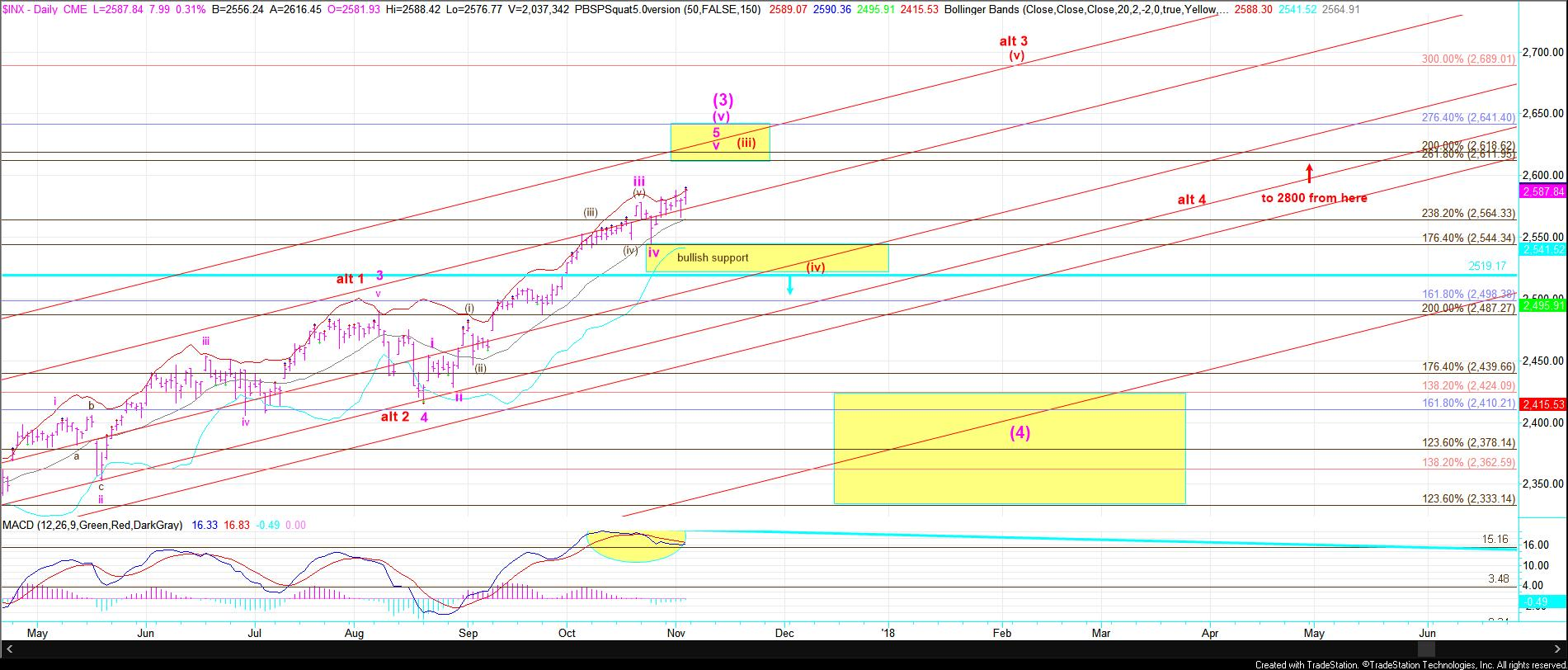This past week, we experienced yet another horrendous terrorist attack in New York City. And, amazingly, just like what occurred after several other terrorist attacks that have been experienced over the last year, the market rallied right after the attack.
It has almost gotten to the point that people now expect the stock market to rally after a terrorist attack. Have we really become this warped in our thinking? Must we hold fast to ridiculous notions that news is what drives the stock market to the point that we have to resign ourselves to believing that the market will rally “because” of a terrorist attack? Do you not see how ridiculous these perspectives really are?
Yet, if the market dropped after a terrorist attack, there is no question in my mind that every analyst and their mother would be absolutely certain that the market dropped specifically due to the terrorist attack. Every article the next day would have been pointing to the attack being the definitive “cause” of the market drop. And, if I then challenged this false exogenous causation theory, the response I would receive is “don’t you believe your eyes?” Yet, not a single analyst dares to suggest that the markets are rallying because of news of terrorist attacks despite seeing many instances of this occurring over the last two years. Do, they not believe their eyes?
Are you starting to see my point yet? Do you see through the intellectual dishonesty of maintaining these old perspectives of what moves the market?
I cite this study often, but I think the recent rally after the New York attack should drive this point home even further. In August 1998, the Atlanta Journal-Constitution published an article by Tom Walker, who conducted his own study of 42 years’ worth of “surprise” news events and the stock market’s corresponding reactions. His conclusion, which will be surprising to most, was that it was exceptionally difficult to identify a connection between market trading and dramatic surprise news. Based upon Walker’s study and conclusions, even if you had the news beforehand, you would still not be able to determine the direction of the market only based upon such news.
And, this past week’s stock market action further supports Mr. Walker’s conclusion. But, we have to begin to look at markets in a more intellectually honest manner in order to be able to see it. However, I am quite certain that the next time a news event coincides with a market move, all the usual suspects will be out front screaming how the news event was the certain cause of the market movement. And, therein lies the intellectual dishonesty inherent in most financial reporting and analysis today.
Price pattern sentiment indications and upcoming expectations
Before I begin this week’s expectation, I want to make a point about last week’s analysis. I noted that if the 2572 SPX level broke early in the week, it opened the door to a drop down to lower support in the 2520-50 SPX region. Many seemed to read that as suggesting that a break of 2572 SPX would certainly drop us to the lower support region. But, that is not how Elliott Wave analysis works, nor is it how we use it to set up trades. Allow me to explain.
You see, a standard impulsive wave structure targeting the 2611 region directly had that 2572/74 SPX region as support which would have taken us directly to the 2611 SPX region this past week. However, the break down below 2572 added more complexity to the pattern.
In order for the break down below 2572 SPX to point us down to the lower support, we would have had to see a 5-wave impulsive structure break below 2572 SPX, which would then suggest we are heading down to our lower support region. However, the drop below 2572 SPX only provided us with a 3-wave drop, which is most often viewed as a corrective drop. But, it also meant that we had to prepare for much more volatility and whipsaw because the upside structure then morphed into what we call an ending diagonal. That structure provides for the volatility and whipsaw for which we had to prepare, and which the market provided us for the rest of the week.
So, as I presented in a blog write up a few weeks ago, Elliott Wave analysis is to be used in logical progression, which is why we always provide our analysis within an if/then context. And, while we broke below 2572 SPX, and it “opened the door” to drop down to the 2520-50 SPX region below, the market never provided the requisite set up pointing down there after we broke 2572 SPX, which caused us to continue to look higher within our primary structure.
But, based upon earlier break of 2572 SPX, and the further overlapping nature of the market structure, there is much more complexity in this structure, which can provide us with further whipsaw before a top is struck. If the market should break 2570 SPX in the coming week, it makes it much more likely that this break will have us target at least the 2555 SPX region, with potential to drop as deeply as the 2520 SPX region. But, that will still set us up for a rally back up towards the 2600+ region. However, as long as the market maintains over 2570 SPX, I still see us heading to the 2600+ region before this wave (3) rally off the February 2016 lows can even be considered completed.
So, I would complete the title of this article by saying that nothing can bring down this market except when we finally complete this structure for wave (3).

